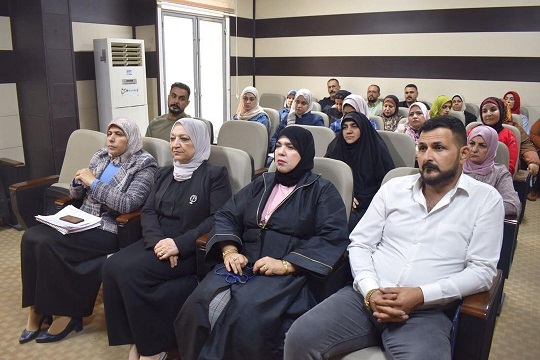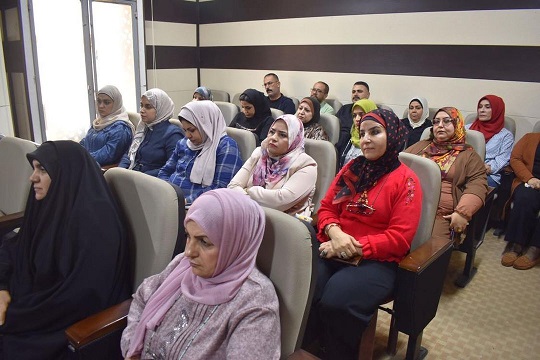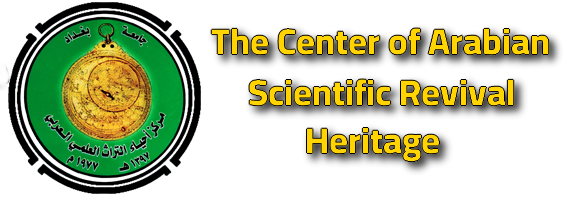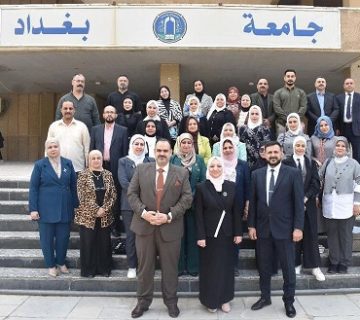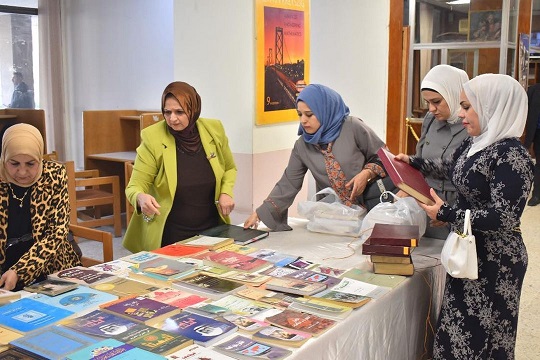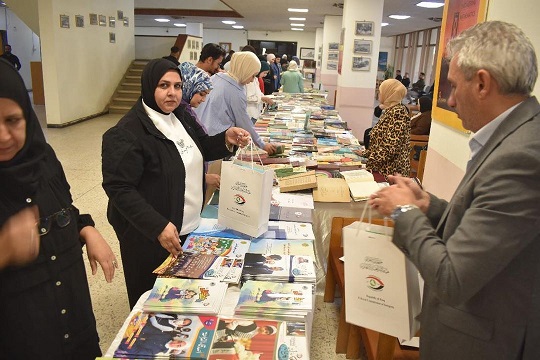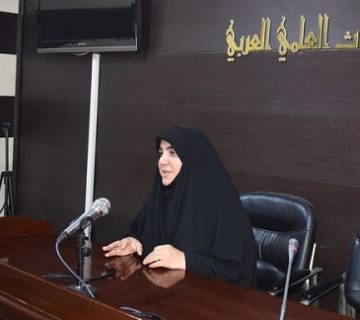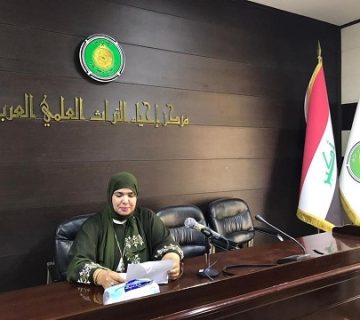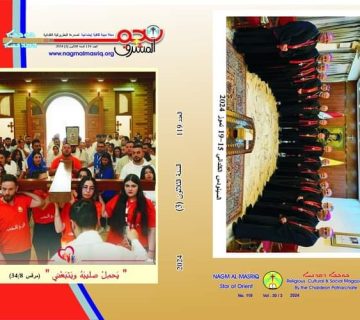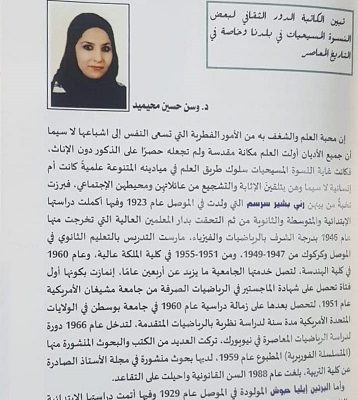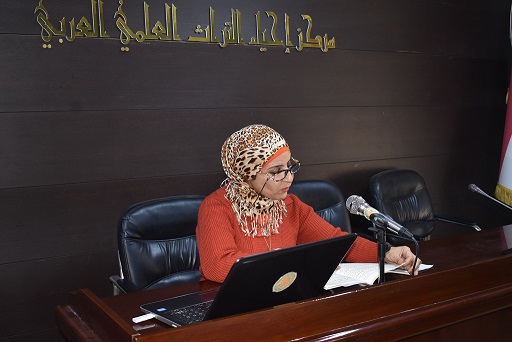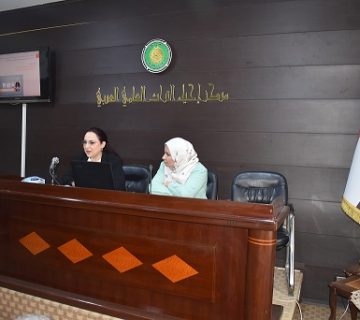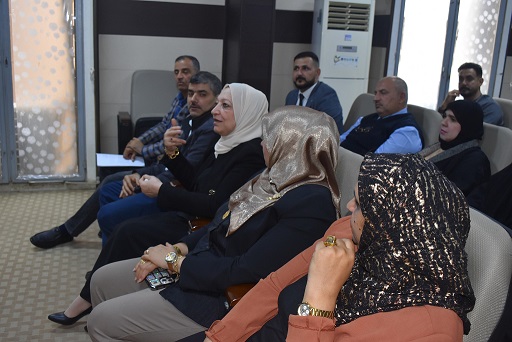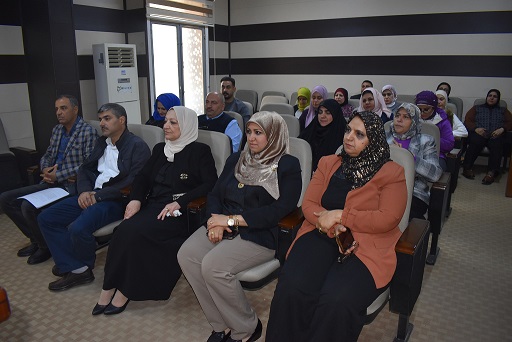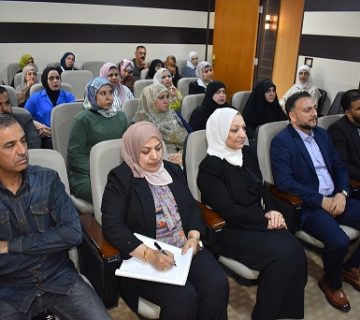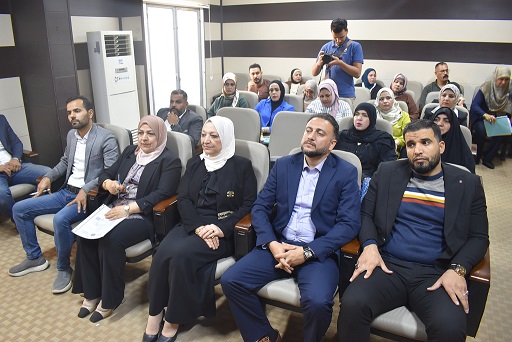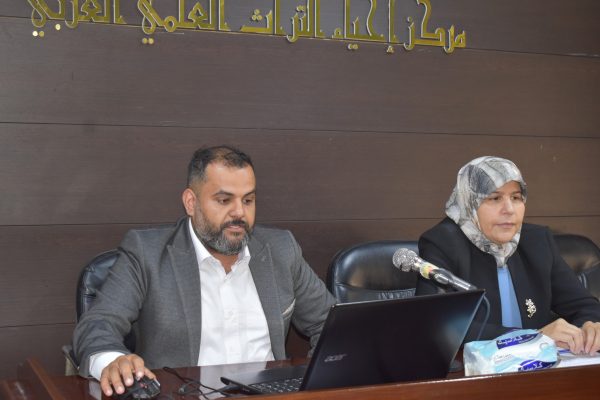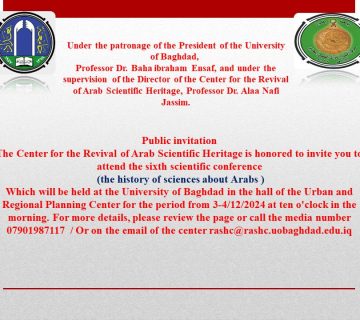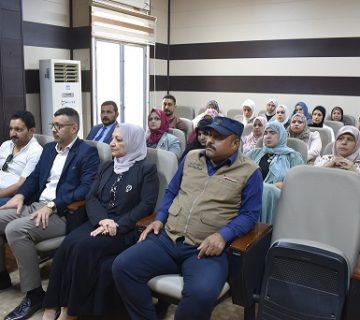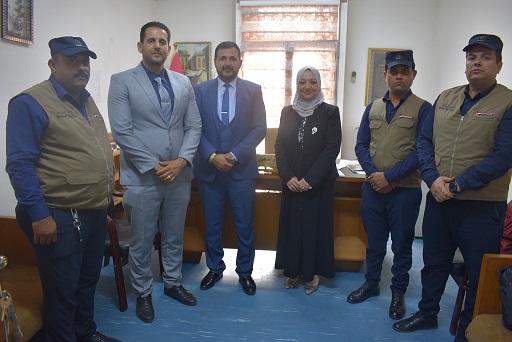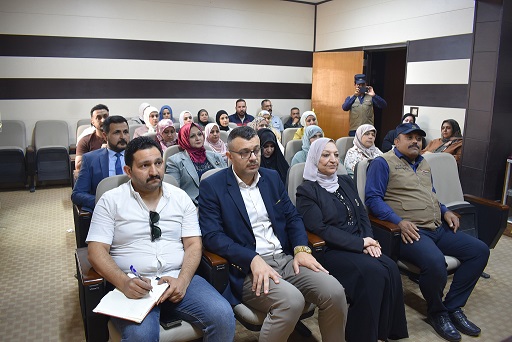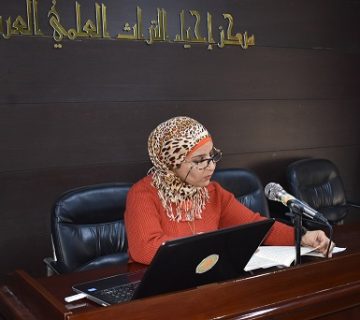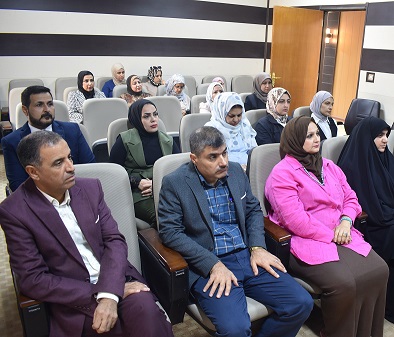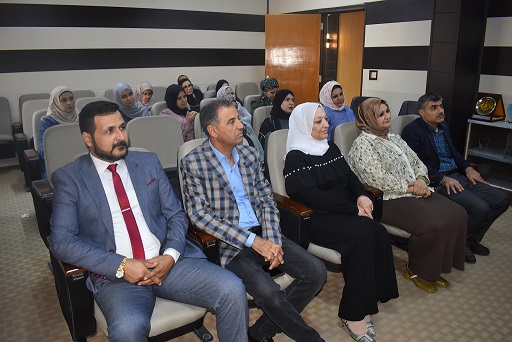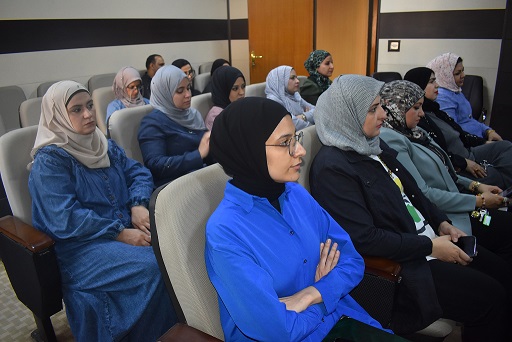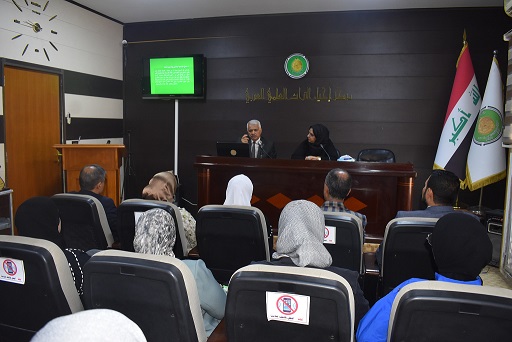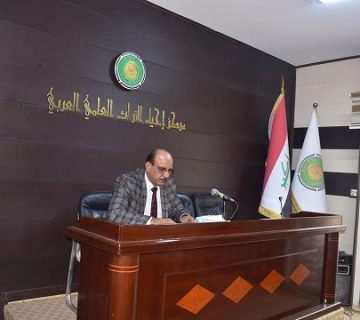
workshop The Speiker massacre
The center of heritage revival organizes workshop(The Speiker massacre, its events and its humanitarian and political repercussions):
Under the supervision by prof. Dr. Alaa Nafea Jasim(the director of the center) , the center organized workshop entitled(The Speiker massacre, its events and its humanitarian and political repercussions)on Monday 18th/11/2024 on the hall of Nabila A. Dawood in the center with presence of professors and researchers , the lecture is presented by Dr. Mazin Qasim Muhalhal (the center of international strategies) /university of Baghdad) who talks about About the history of this massacre that shook the human conscience and was committed by the terrorist organization ISIS on June 12, 2014, when they executed the students of the Air Force College at the Speicher base in Salah al-Din Governorate, which the United Nations described as a heinous crime and genocide and a tragedy of the era, claiming the lives of nearly 2,000 students. Muhalhal added that on this painful anniversary, we pray for mercy and forgiveness for the souls of the innocent, betrayed martyrs, also mentioning the painful events of this massacre and the historical and humanitarian aspects related to this incident and its impact on Iraqi society and the measures taken by the Iraqi government towards the perpetrators of this crime. In conclusion, the director of the center thanked the lecturer for this workshop, calling on the attendees to recite Surat Al-Fatihah for the souls of the Speicher martyrs.
